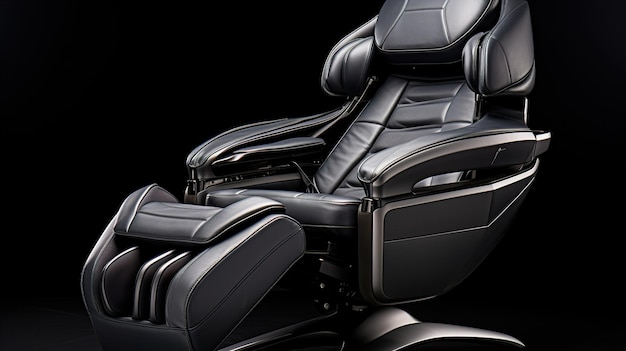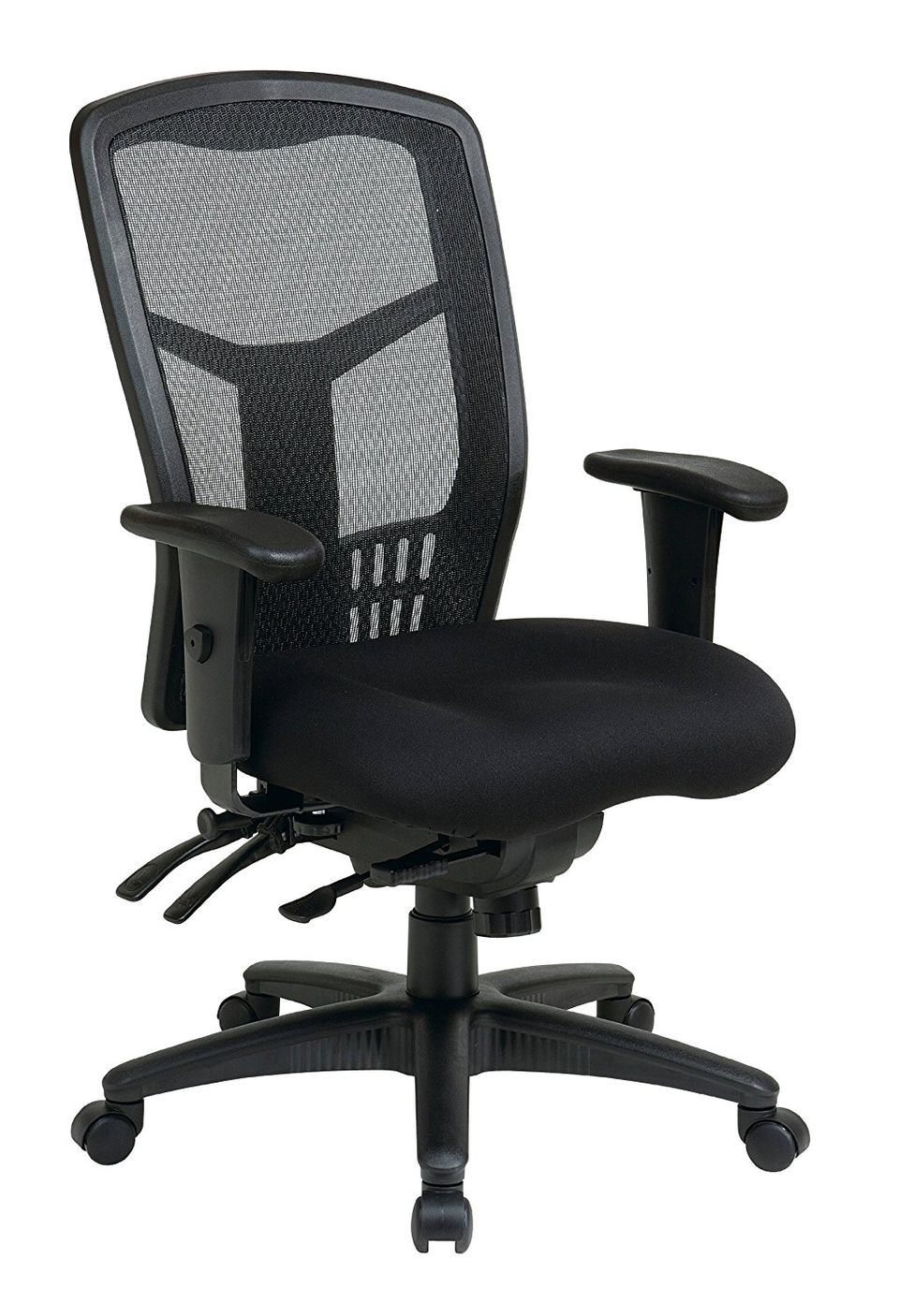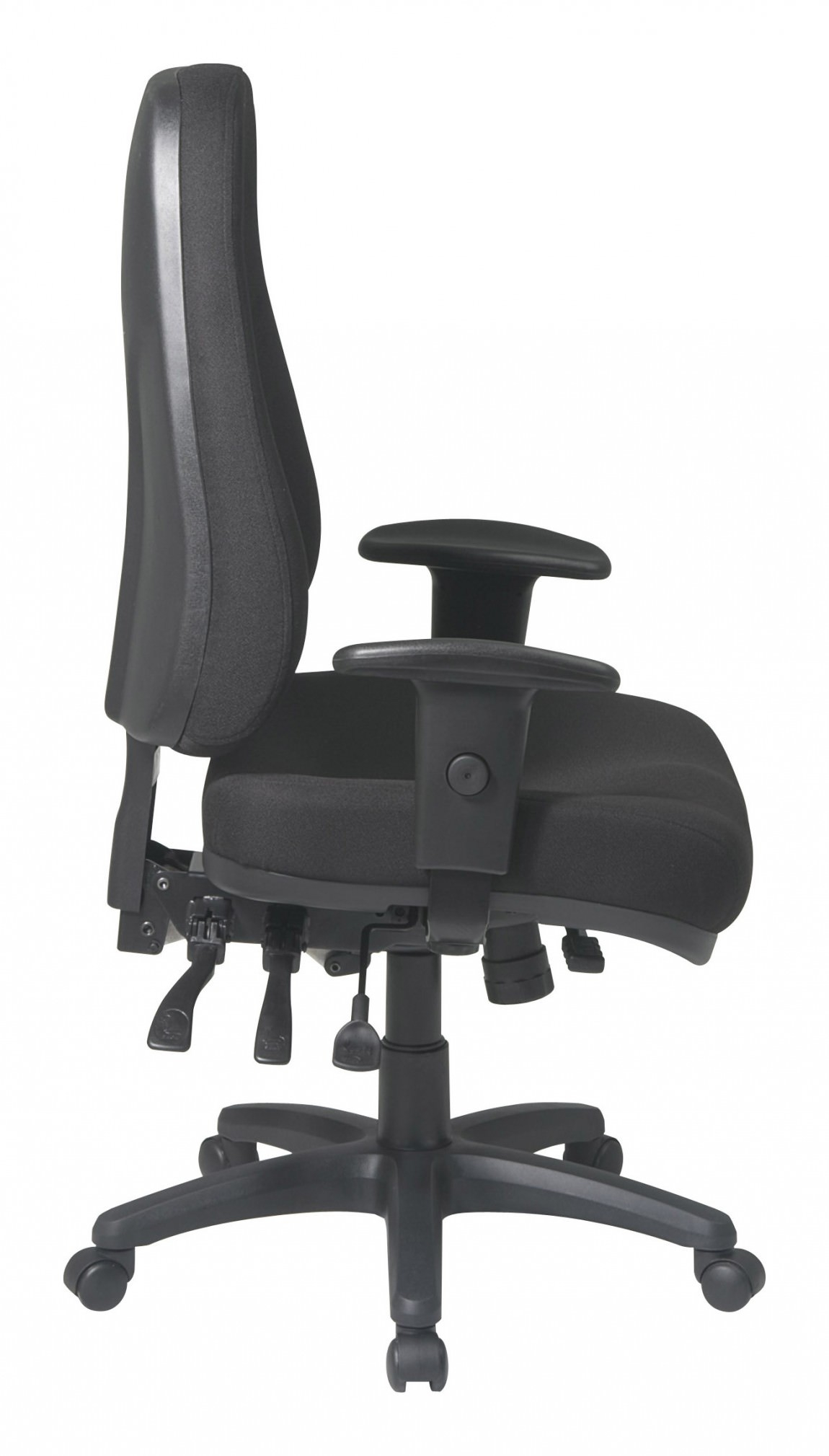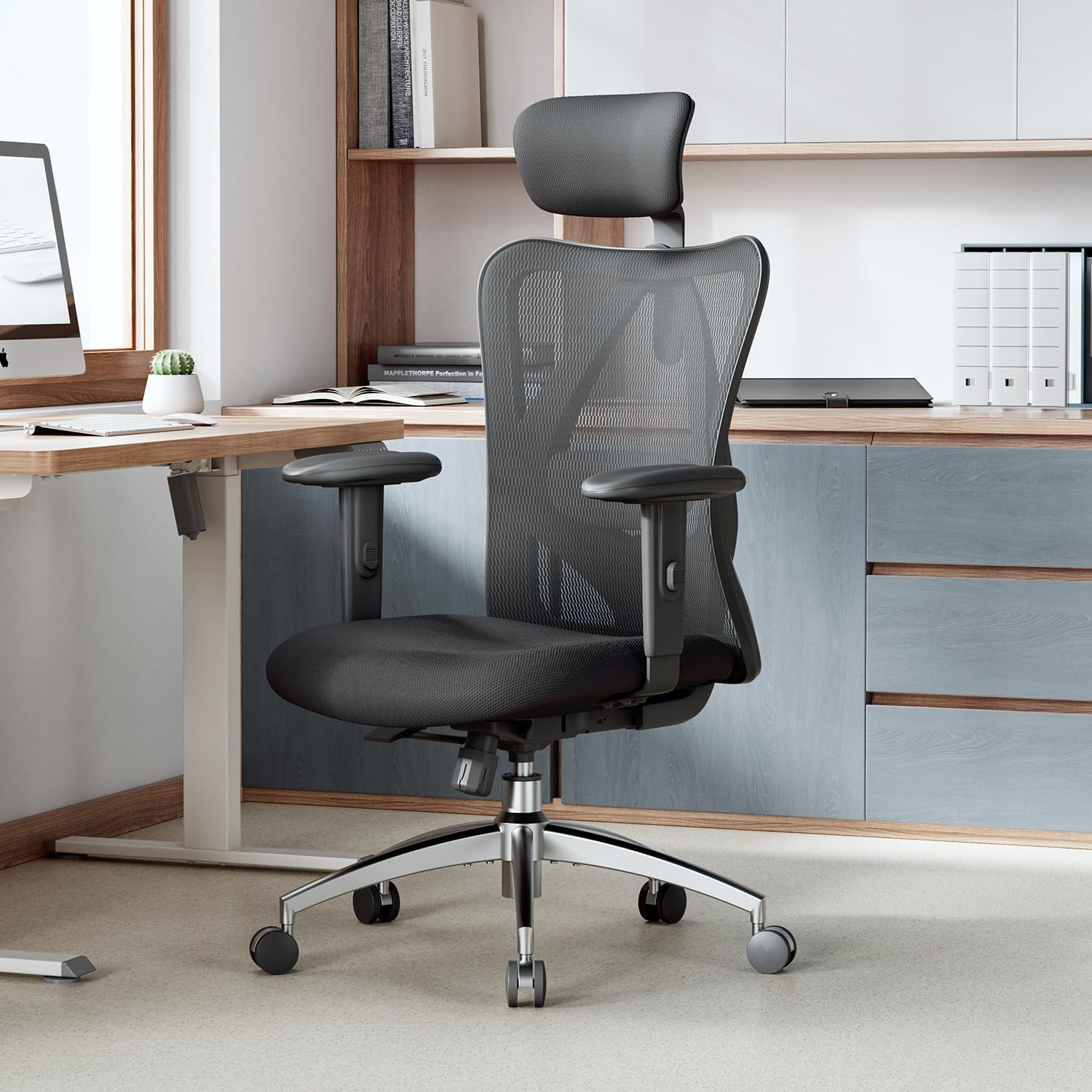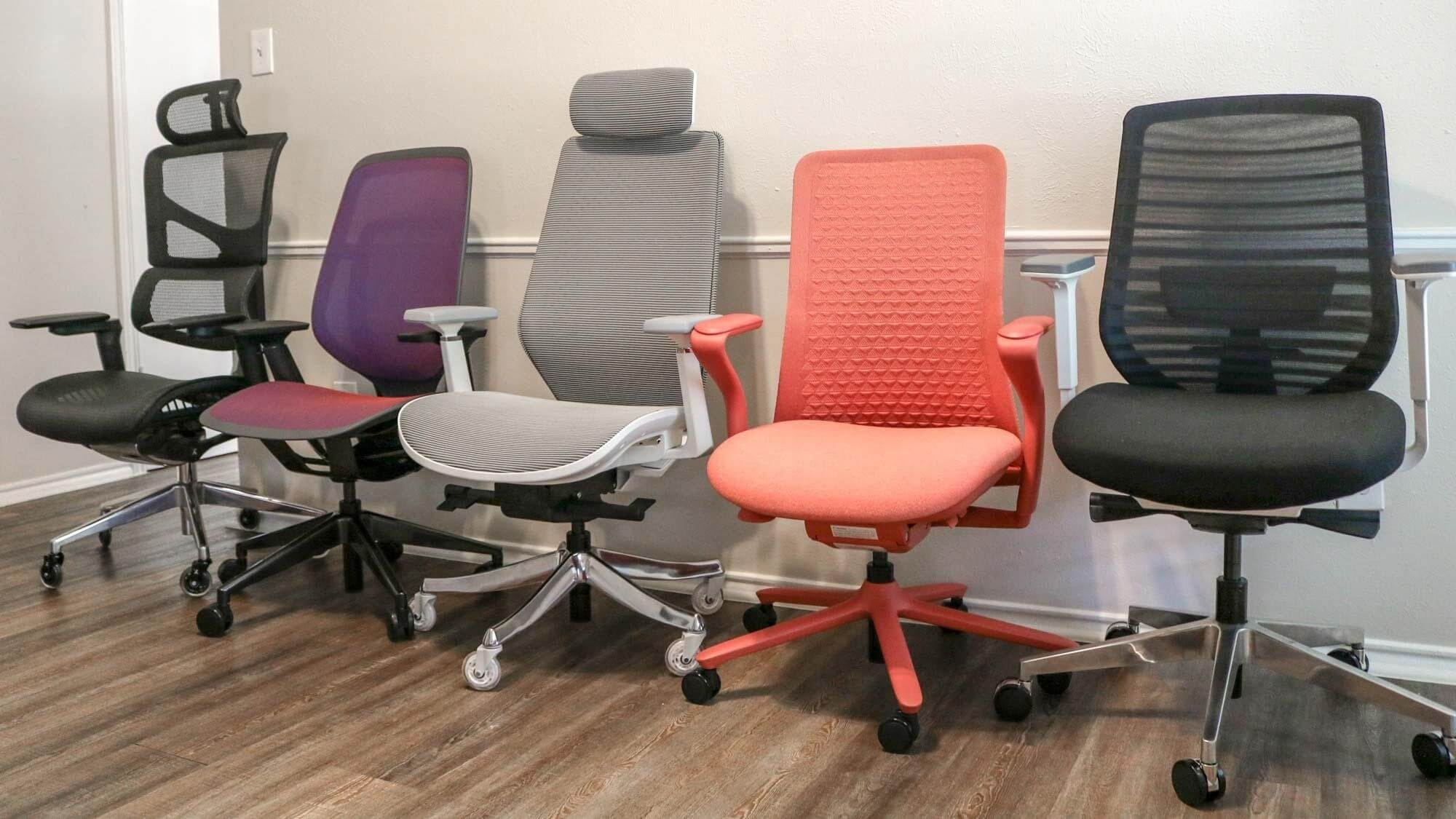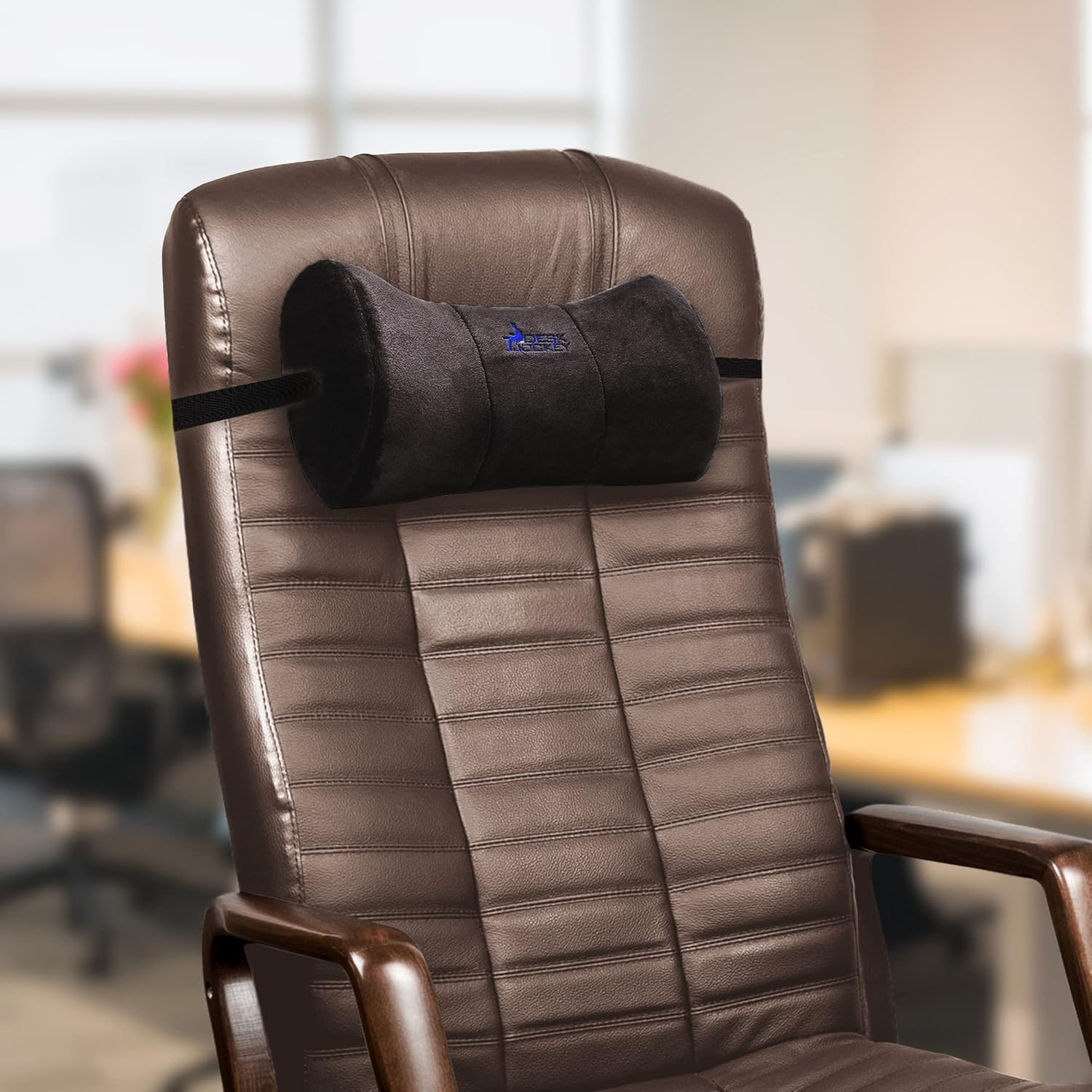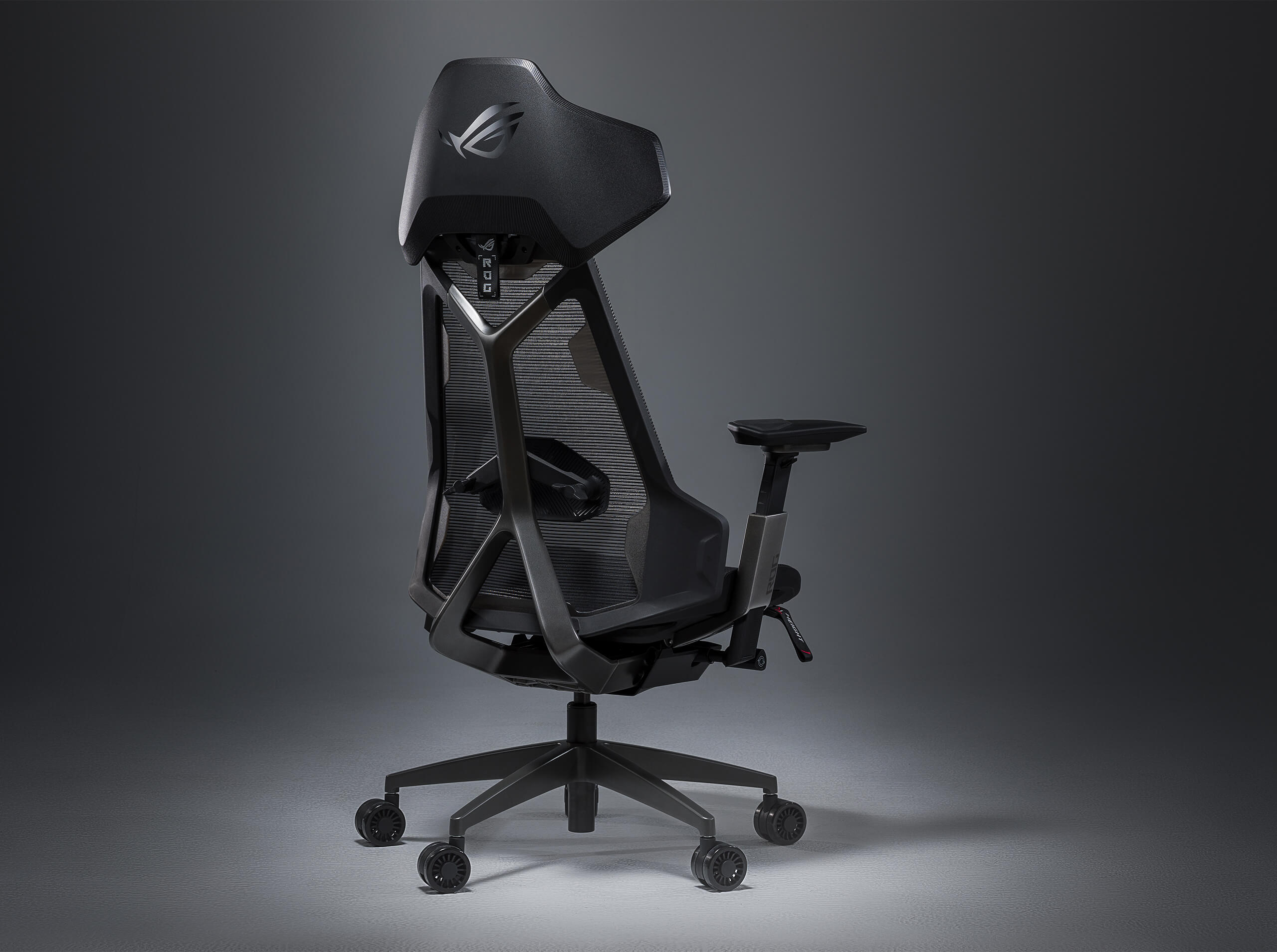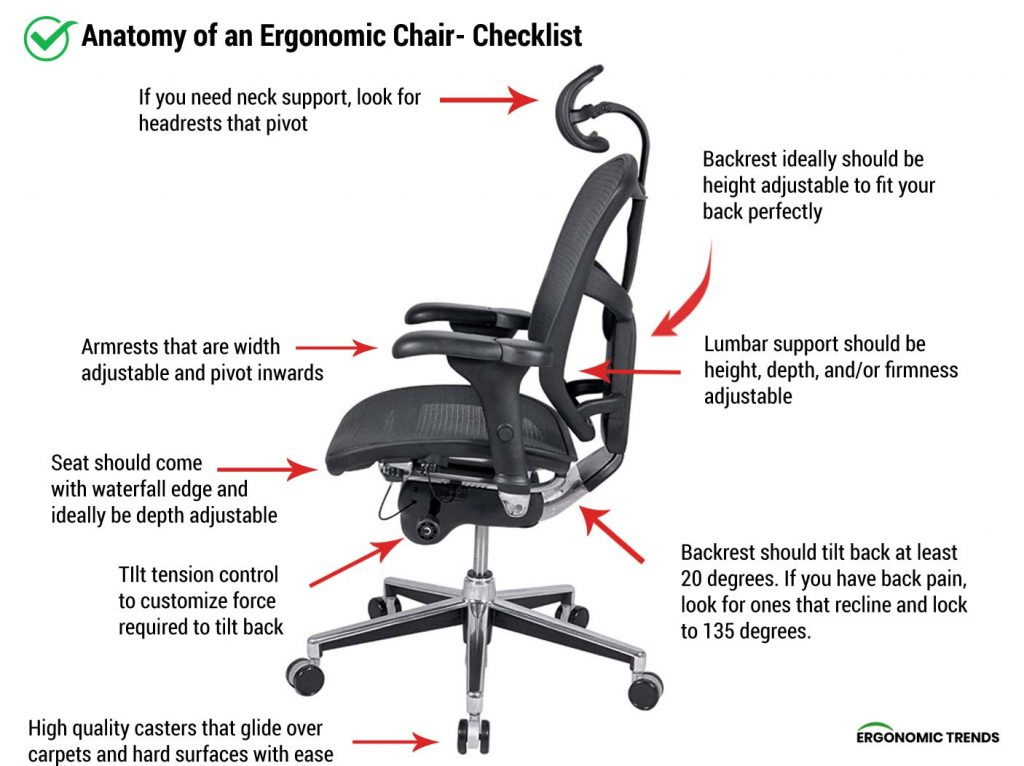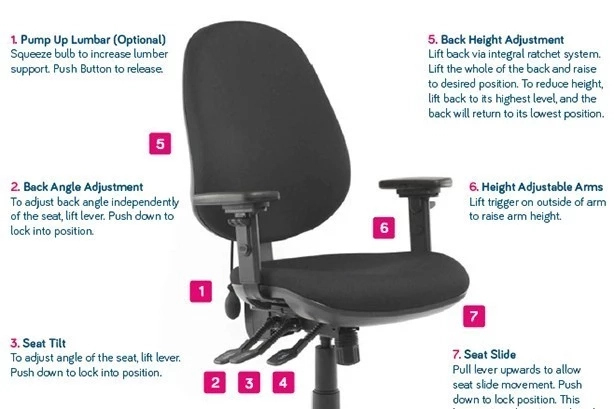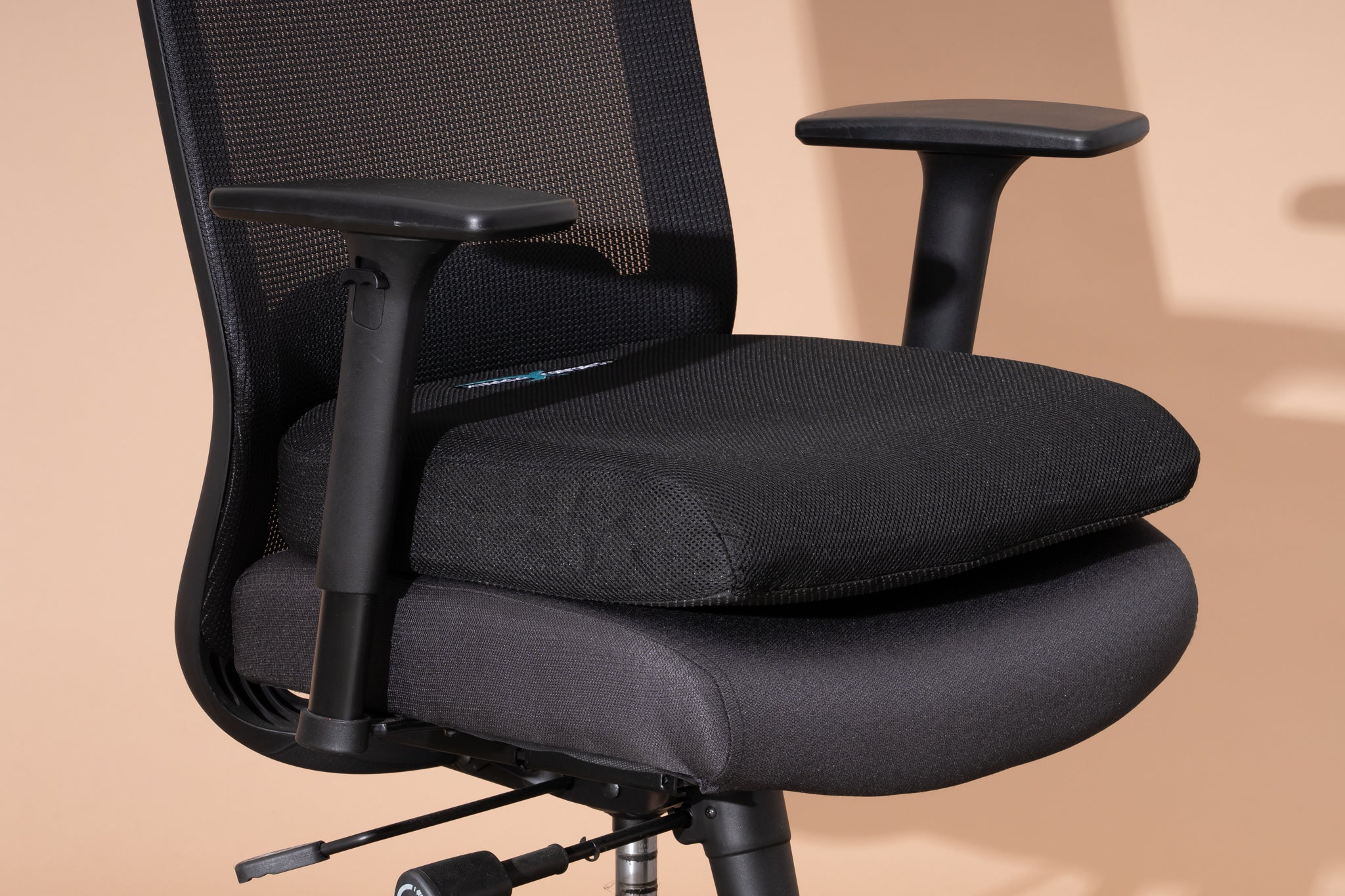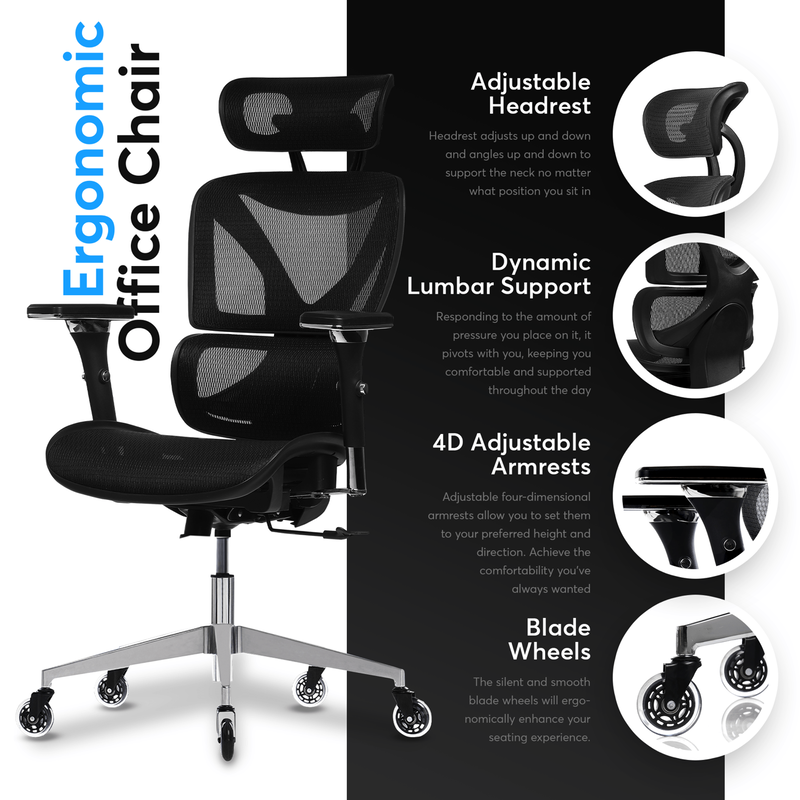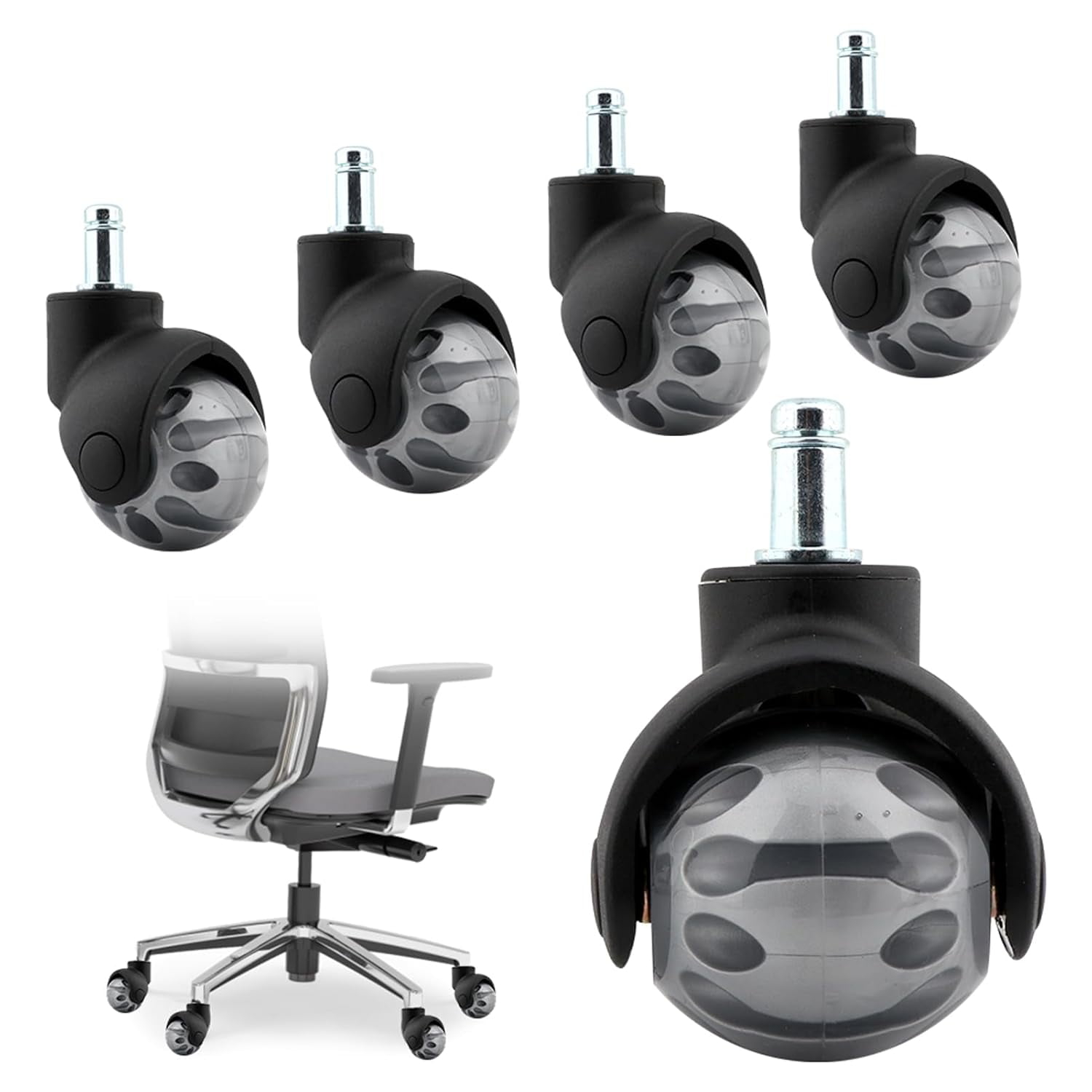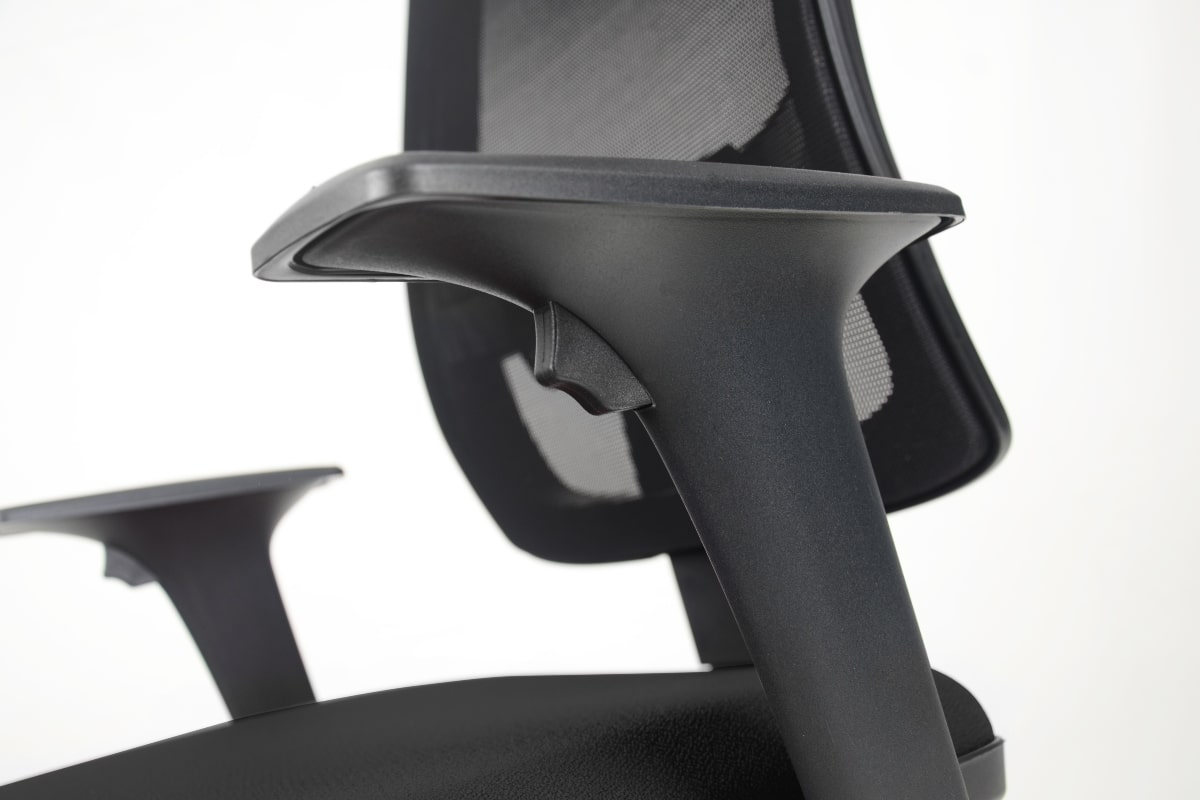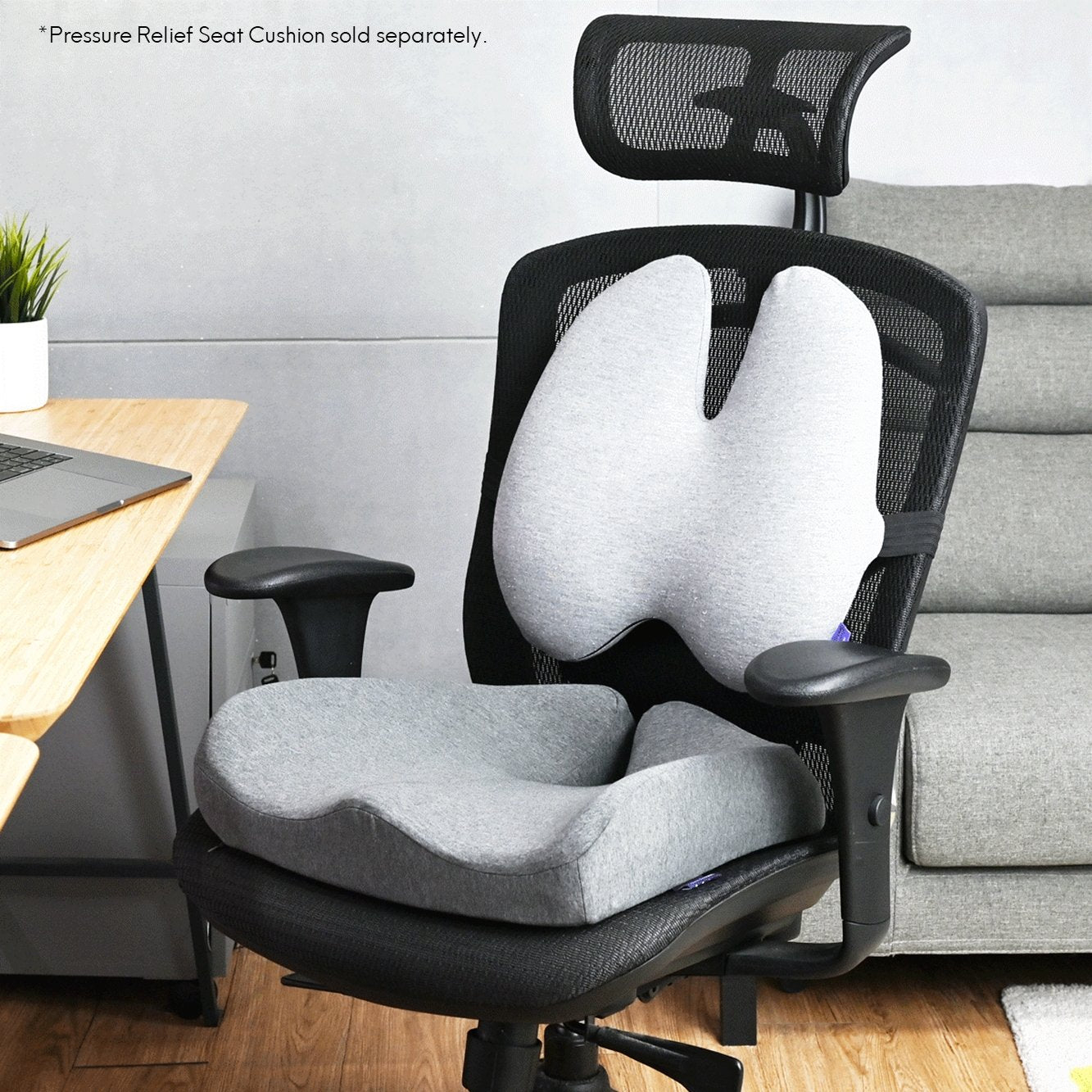Tired of that nagging ache after a long day at your desk? You’re not alone. For many of us, our office chairs are more than just furniture; they’re our daily companions. But are they working for us, or against us? Let’s explore how a truly ergonomic chair can make a world of difference.
We spend a significant chunk of our lives sitting. Whether you’re a remote worker grinding from home or an office warrior powering through projects, the chair you choose has a massive impact on your physical health and overall productivity. Traditional chairs often force our bodies into unnatural positions, leading to discomfort, strain, and even long-term issues. But what if there was a better way? Enter the ergonomic office chair. It’s designed with your body in mind, aiming to support you naturally and comfortably throughout your workday. It’s not just about looking fancy; it’s about feeling genuinely better.
What Exactly Makes a Chair ‘Ergonomic’?
The term ‘ergonomic’ gets tossed around a lot, but what does it really mean for a chair? Simply put, an ergonomic chair is engineered to maximize comfort and minimize physical stress. It adapts to your body’s unique shape and movements, rather than making you adapt to it. Think adjustability, adjustability, and more adjustability. Key features usually include
- Adjustable Lumbar Support: This is a biggie. Proper support for your lower back helps maintain the natural curve of your spine, preventing that dreaded slouch. Some chairs have built-in support that you can move up and down, while others let you adjust the depth of the support.
- Adjustable Seat Height: You need to be able to place your feet flat on the floor with your knees at about a 90-degree angle. This helps with circulation and reduces pressure on your thighs.
- Adjustable Seat Depth: This allows you to position the seat so there’s a comfortable gap between the edge of the seat and the back of your knees. Too little space pinches, too much and you lose back support.
- Adjustable Armrests: These should be at a height that allows your shoulders to relax, with your elbows bent at roughly 90 degrees. This reduces strain on your neck and shoulders.
- Recline and Tilt Mechanisms: The ability to lean back, even slightly, can relieve pressure on your spine and engage different muscle groups. Many ergonomic chairs offer synchronized tilt, where the backrest and seat move together for optimal support.
- Breathable Materials: Mesh backs and seats are popular for a reason. They allow air to circulate, keeping you cooler and more comfortable, especially during long sitting periods.
The Tangible Benefits: How You’ll Actually Feel It
So, we’ve talked about features, but what’s the real-world impact? The difference is often quite profound. Many people report a significant reduction in back pain, neck strain, and shoulder discomfort after switching to an ergonomic chair. This isn’t just anecdotal; proper posture and support can alleviate pressure points and prevent the muscle fatigue that comes from constantly trying to maintain a stable, yet often awkward, position.
Imagine this: instead of shifting uncomfortably every 20 minutes, you find yourself able to focus for longer stretches. That dull ache in your lower back fades into the background. Your shoulders feel less tense. This improved comfort can translate directly into increased productivity and a more positive mood. A study by the Cornell University Ergonomics Research Unit found that better ergonomic setups can indeed lead to increased efficiency and reduced error rates. It’s about creating an environment where your body isn’t a distraction, but rather, a well-supported partner in your work.
Common Sitting Mistakes and How Ergonomic Chairs Help
We all do it. We slouch, we perch on the edge of our seats, we cross our legs in ways that would make a contortionist wince. These habits, combined with a non-supportive chair, are a recipe for discomfort. Let’s break down a few:
- The Slouch: This is probably the most common. Without proper lumbar support, your spine rounds, putting immense pressure on your discs. An ergonomic chair’s adjustable support helps you maintain that natural ‘S’ curve.
- The Perch: Sitting on the edge of your seat means you lose back support entirely and often end up leaning forward, straining your neck and shoulders. An ergonomic chair encourages you to sit back and utilize its support features.
- The Crossed Legs: While it might feel comfortable momentarily, prolonged leg crossing can lead to poor circulation and spinal misalignment. An ergonomic chair, with its adjustable seat depth and height, promotes a more balanced, feet-flat posture.
- The Reacher: Constantly stretching for your mouse or keyboard? If your armrests aren’t adjustable, you’re likely hunching your shoulders. Properly set armrests keep everything within easy reach, allowing your upper body to remain relaxed.
Finding Your Perfect Fit: What to Look For
Choosing the right ergonomic chair can feel a bit overwhelming with all the options. Here’s a simplified approach:
- Assess Your Needs: Think about how you work. Do you lean forward a lot? Do you spend hours on video calls? Do you have existing back issues? Your primary needs will guide your search.
- Prioritize Adjustability: As we’ve discussed, this is key. Look for chairs that allow you to fine-tune the seat height, depth, backrest angle, and armrest position.
- Test it Out (If Possible): Sitting in a chair is the best way to know if it’s right for you. If you can’t try one in person, read reviews and research brands known for quality and comfort. Look for return policies just in case.
- Consider Materials: Mesh is great for breathability, while padded seats offer more cushioning. Upholstery choices can also affect durability and feel.
- Budget Wisely: While ergonomic chairs can be an investment, think of it as an investment in your health and productivity. Cheaper chairs often lack crucial adjustability and support, leading to more discomfort and potentially higher costs down the line for medical care.
It’s Not Just the Chair: Supporting Good Posture
While a fantastic ergonomic chair is a huge step, it’s just one piece of the puzzle. Good posture habits are equally vital. Even the best chair can’t fully compensate if you’re consistently slouching or hunching. Make a conscious effort to:
- Sit Back: Use the chair’s backrest and lumbar support. Don’t perch on the edge.
- Feet Flat: Ensure your feet are comfortably on the floor or on a footrest.
- Screen Height: Position your monitor so the top of the screen is at or slightly below eye level. This prevents neck strain.
- Take Breaks: Even with the perfect chair, prolonged sitting isn’t ideal. Get up, stretch, and move around every 30-60 minutes. A standing desk can also be a great addition to your setup.
- Mindful Movement: Be aware of your body. If you start to feel uncomfortable, adjust your position or take a short break. Listen to what your body is telling you.
The Long-Term Impact: Investing in Your Health
Think of your ergonomic chair as a proactive health measure. By supporting your body correctly day in and day out, you’re reducing the risk of developing chronic pain conditions like sciatica, carpal tunnel syndrome, and persistent back problems. It’s about preventing issues before they start, rather than just managing them once they arise. This investment can lead to fewer sick days, improved focus, and a greater sense of overall well-being. When your body is comfortable and supported, your mind is free to concentrate on what truly matters – your work, your ideas, and your creativity. It’s a tangible way to prioritize your physical health in the modern workplace.
Switching to an ergonomic office chair is more than just an upgrade; it’s a commitment to your comfort and long-term health. By understanding the key features and how they support your body, you can make an informed choice that will genuinely transform your workday. Say goodbye to the aches and pains, and hello to a more comfortable, productive, and healthier you. Your body will thank you for it, one comfortable sit at a time.

